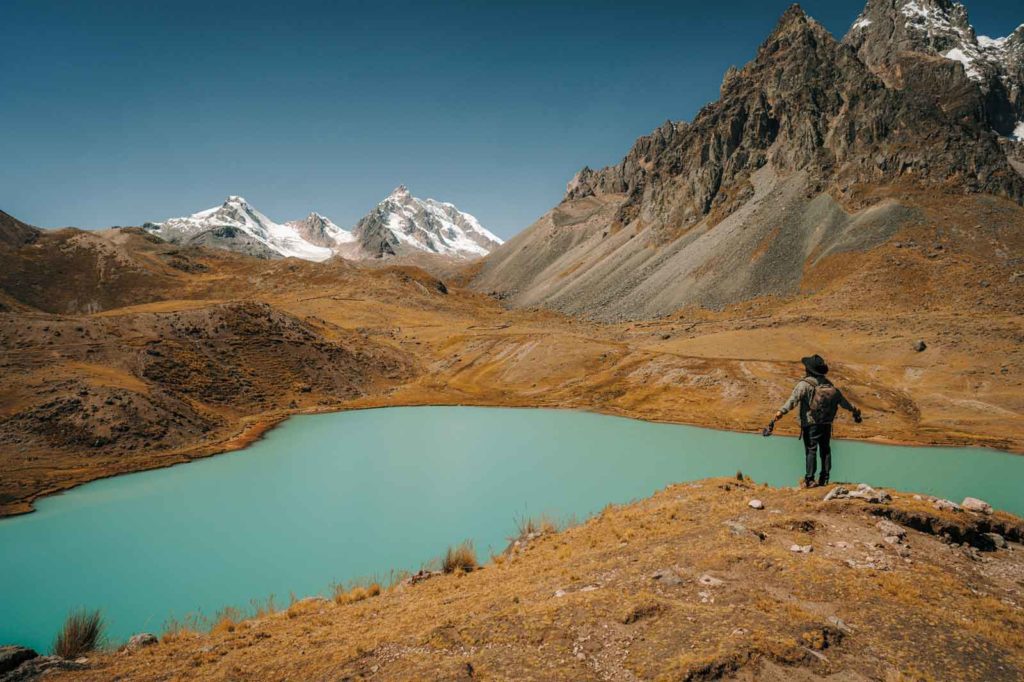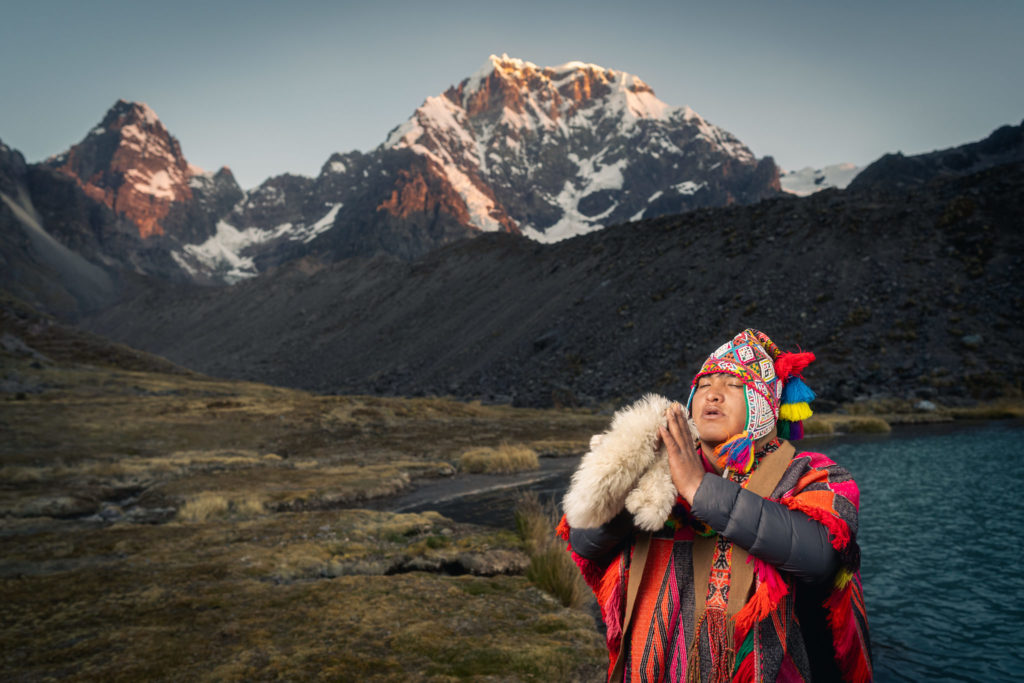THE HUACAS OR SACRED ENERGY PLACES
THE HUACAS OR SHRINES, EVERYTHING CAN HIDE A SPIRIT

The huacas could be animals, people, things, mountains, mummies, statues, bridges, caves, archaic constructions, estuaries, trees, there was no limit, the only condition is that it had something sacred, and this for them meant that was animated by some spirit, or had an unusual, inexplicable, non-normal characteristic. The spirits that animated the huacas had “powers and responsibilities,” and were believed to be effective primarily in their surroundings. Thus, the huacas were considered protectors and guardians of the place and its inhabitants. Their power was variable and they were categorized according to their power. The high mountains and volcanoes, especially the snowy mountains, were considered the most powerful huacas.
The Huaquillas
They were statuettes or statues that represented a Sapa Inca (emperor), a founding ancestor of the ayllu, or a nobleman of great importance, made with materials that often depended on the will of the person represented. They could be made of wood, stone, or precious metal, and they were presented to the community in a special ceremony where the brother was shown (huaoque also means brother). The huaoque’s family had to treat him the same as if he were alive or if he were their mummy. Like the mummies, the huaoques were fed and clothed, and participated in everyday life. They were even carried along with armies in wars, as they could advise or bring good luck .
“They also believed that the dead Sapa-Inca could survive in a statue considered his second body. The aforementioned effigy received the name of guaoqui or huaoqui, to which was added the name of the sovereign whom it symbolized and embodied. It was enough for them then to mention these words for the statue, which was alive, to hear. The cult that each panaca practiced around them guaranteed their survival.
In general, every place where an Inca had passed or rested was declared a huaca, by himself or by the people of the communities. “The huaca, whatever it was, was a sacred object. He had a supernatural force with which it was convenient to reconcile himself ”(AM). The rocks that Pachacuti turned into warriors, rocks called puruauca, were turned into huacas. In the surroundings of Cusco there were more than 500 huacas. In the passes through the Andean mountains, there existed, and some still remain, mounds called Apachita, which were considered huacas; The walkers were forming these artificial mounds over the years, as each traveler deposited on them, small stones or broken pieces of clay from vases and pots.
According to the chroniclers Bernabe Cobo Some huacas were considered oracles, the most famous were the huacas of Pachacamac and those of Apurimac . In a world full of spirits and superstitions, it was a daily thing to ask an oracle before undertaking something, to ask how to find something or someone, how to cure a disease or determine the veracity of some testimony. It was a priest, a Huacapvillac or Wakawan rimax (Wakarimatsi or Guacarimachic), “the one who makes the huacas speak”, the one who gave the oracle’s answer.

From all this, today we have the legacy of the Qeros, a high Andean community that still preserves all this knowledge based on its Altomesayoqs, Pampamesayoqs, and Paqos teachers (Peru Shamans ) who support the earth and work with the energy of different entities to be able to heal, predict, and find our spiritual path.
That is why nowadays the Paqos Qeros work and do the healings and ceremonies in the same Inca temples or Huacas near the Cusco city or visiting big places like Machupicchu, they also teach the Shaman School program in the same Inca sacred places.
